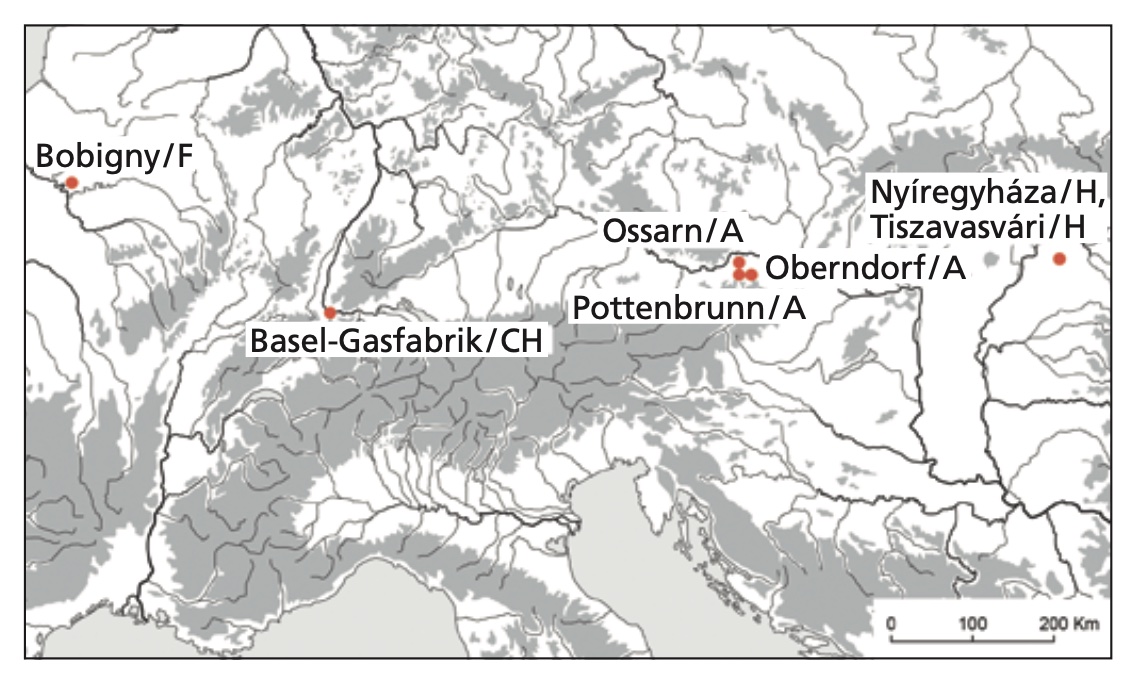Warnberg et al. 2022

Authors: Ole Warnberg, Corina Knipper, Brigitte Roeder, Guido Lassau, Nobert Spichtig, Peter C Ramsl, Friederike Novotny, Maria Teschler-Nicola, Martin Schönfelder, Christopher F E Pare, Anna Szécsényi-Nagy, Jörg Schibler, Stephan Schiffels, Kurt W Alt and Sandra L Pichler
Abstract: Being able to digest milk sugar beyond the age of weaning is a rather new trait in humans. The calculated age of the responsible mutations largely coincides with the introduction of dairy farming. Recent European populations exhibit a gradient of high levels of lactose tolerance in the north and lower numbers in the south. Lactase persistence is believed to have co-evolved with farming or livestock keeping as a selective advantage. Palaeogenetic data of prehistoric individuals, however, have so far not provided any clear evidence that the spread of the lactase persistence mutation predates the Roman period, while persistence increases throughout the Middle Ages. In contrast, evidence of dairy processing reaches back to the introduction of farming in the Neolithic. In this paper, we investigate lactase persistence in the La Tène period of the European Iron Age. 39 individuals from Austria, France, Hungary and Switzerland have been successfully genotyped for the two single nucleotide polymorphisms (SNPs) 13910C/T and 22018G/A, which are associated with lactose tolerance. None of those individuals carries the homozygous variant of either of the two SNPs, while four individuals are heterozygous at 22018G/A. This implies that during the Iron Age processed dairy products like cheese and yoghurt still represented the common supply of milk-derived nutrients while fresh milk played only a minor role in the regions studied here. The population-wide spread of the lactose tolerance trait in Europe therefore clearly post-dates the Iron Age.